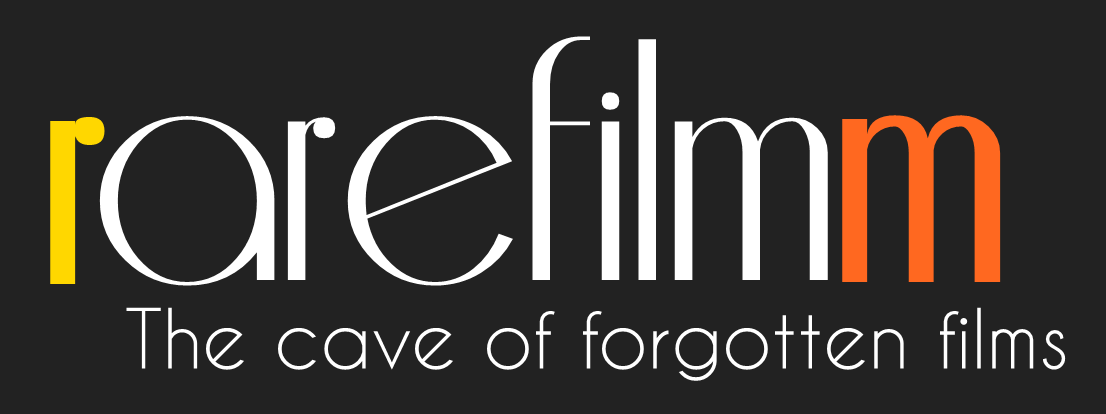The film tells about two brother doctors, one of whom operated on a boy, and the other assisted him. A blood transfusion was necessary and the surgeon poured the boy blood from the wrong group, as a result of which the boy died, and the brothers’ life changed. The first became a kerosene salesman, the second – the chairman of the City Council.
Tag: USSR
This film of constructivist composition, shot in Moscow in 1987 depicts a series of maps of tramway electrical wire networks framed by the sky, shot from below. Sometimes the top of a tram slides along the frame. The distances between the electrical cables across from the video camera introduce subtle contrasting variations between the black lines that streak the neutral field, reducing the city to a geometric and dynamic construction.
A story of a wire man who carried the idea of protecting himself from people around him to an absurdity by turning his wife and dog into barbed wire and thus isolating himself from the surrounding world.
This 30-minute Soviet biographical documentary shows the selfless work of Anna Ivanovna Zelenova, the director of the Pavlovsky Palace Museum, who devoted her entire life to the palace and survived with it years of occupation and rebirth from the ashes.
Filmed in 1965 and just as contemporary now as it was then, Yuri Ilyenko’s directorial debut, A SPRING FOR THE THIRSTY, is a surreal cinematic poem from the cinematographer of Sergei Paradzhanov’s SHADOWS OF FORGOTTEN ANCESTORS. As director-cinematographer of A SPRING FOR THE THIRSTY, Ilyenko has created a parable centering on an old man who lives a secluded life in the desert, alone with only his memories and photographs. His wellspring, once a source of joy and hope for thirsty passersby, is now rarely used. No longer able to find comfort in his memories, he turns all his photographs to face the walls.
A view of man’s perpetual struggle for self-destruction, in which we glimpse a world where rockets are part of everyone’s lives. In the end the red button is accidentally pressed by a careless caretaker, expressing the fear in all our minds.
Based on the novel of the same name by Fyodor Dostoevsky. The tragic story of the Karamazov family takes place in a Russian province in the late 19th century. The relations of their father and three brothers are very complicated and contradictory. One of the brothers is accused of killing his father, whom he did not commit. The brothers are unable to help him, and only a loving girl follows him to hard labour.
